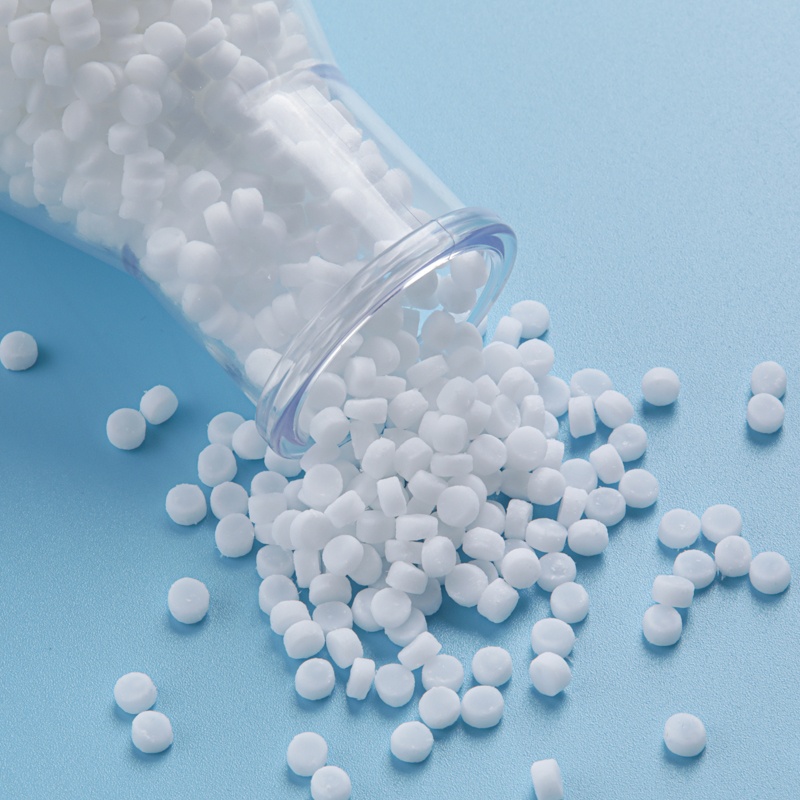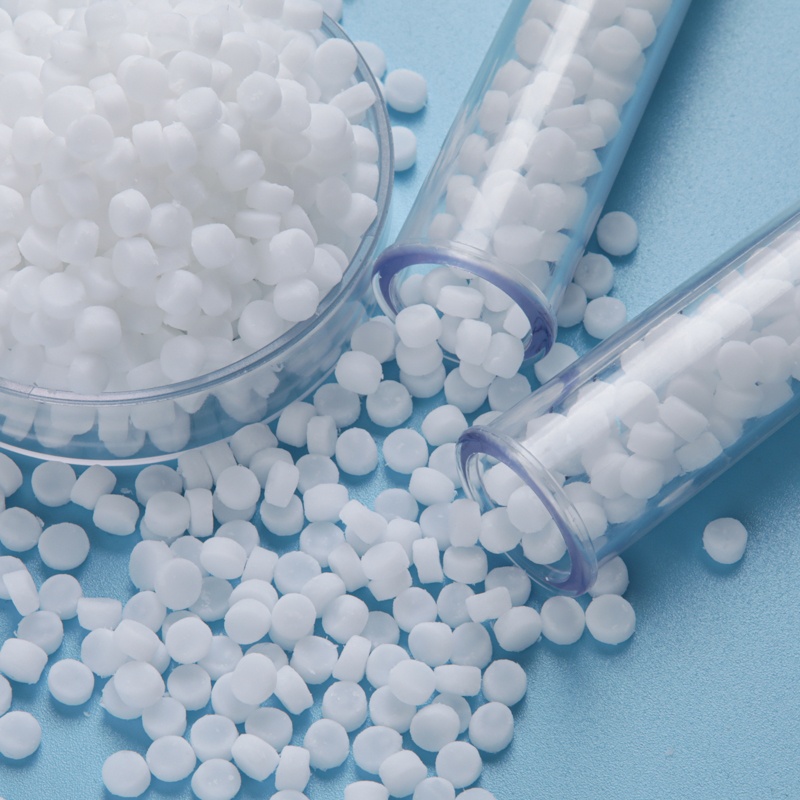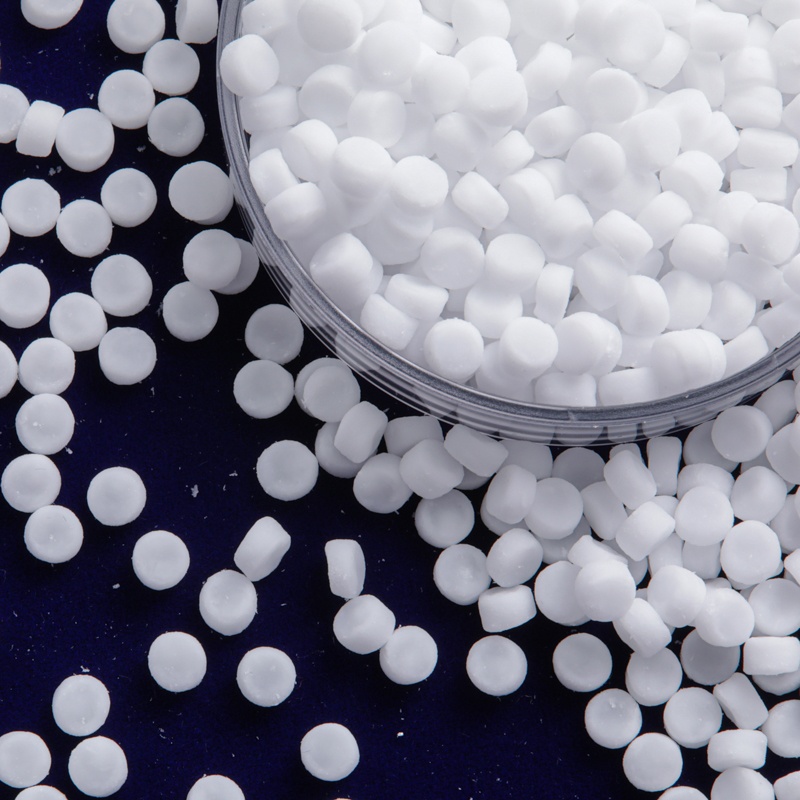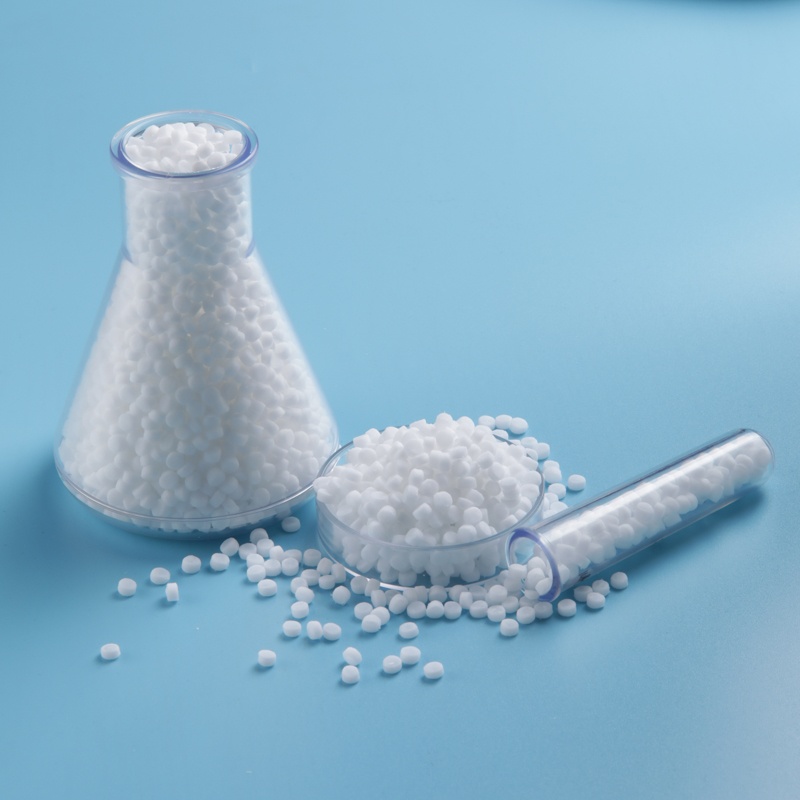This article examines the important function engineering plastic additives have in the lightweighting of automobile interiors. Automotive makers are continuously looking for ways to lighten automobiles due to the rising demand for fuel efficiency and lower emissions. By improving the qualities of the plastics used in automotive interiors, engineering plastic additives provide a workable solution that leads to lighter and more efficient vehicles.
1. The Need for Lightweight Automotive Interiors
There is a tremendous amount of pressure on the automotive industry to achieve strict fuel efficiency regulations and cut carbon emissions. Reducing the weight of automobiles, particularly their interiors, is one practical strategy. Automotive interiors that are lighter in weight improve overall vehicle performance as well as fuel efficiency. To accomplish this, engineering plastic additives are essential.
2 Engineering plastic additive types
2.1 Reinforcement additives
Reinforcement additives are used to increase the mechanical strength and stiffness of polymers. Examples include glass fibers, carbon fibers, and mineral fillers. Manufacturers can lower the thickness and weight of vehicle interior components while maintaining the structural integrity of the parts by adding these additives to the components.
2.2. Flame Retardant chemicals
In order for automotive interiors to comply with safety rules, flame retardant chemicals are necessary. In the event of a fire, these chemicals prevent the spread of fire and lower smoke production. Engineering plastic manufacturers can achieve lightweight interiors while still ensuring the safety of vehicle occupants by adding flame retardant chemicals.
2.3 Impact modifiers
Impact modifiers are additives that increase the toughness and impact resistance of polymers. The usage of impact modifiers is essential in car interiors where parts may be subjected to different impacts and vibrations. These additives increase the durability and endurance of interior parts by assisting in the prevention of cracking or breaking.
2.4 UV stabilizers
UV stabilizers are additives that guard plastics from the damaging effects of ultraviolet (UV) light. Sunlight exposure can lead to the degradation and decreased performance of plastic parts in automobile interiors. Manufacturers may guarantee that interior parts maintain their beauty and performance over time by using UV stabilizers.


2.5. Anti-Scratch and Anti-Fog Additives
These substances are used to keep the interiors of automobiles looking attractive. These chemicals increase the scratch resistance of plastic surfaces, reducing the appearance of visible marks. Anti-fog chemicals also lessen the accumulation of moisture on interior surfaces, ensuring that the driver and passengers have clear view.
3. Advantages of Engineering
3.1 Plastic Additives in Automotive Interior Lightweighting
Weight reduction: Automotive manufacturers can drastically reduce the weight of interior components by using engineered plastic additives. This weight loss helps to increase fuel efficiency and lower emissions, which is consistent with the sustainability objectives of the sector.
3.2 Design Flexibility
Engineering plastic additives provide design freedom, enabling producers to produce detailed designs and complex shapes for automotive interiors. This versatility makes it possible to combine several functions into a single component, thereby lowering the total number of parts and streamlining the assembling procedure.
3.3 Cost Savings
Engineering plastic additives can reduce the weight of automobile interiors, which can save costs. When compared to conventional materials, these additives frequently provide a more affordable alternative while still satisfying the necessary performance standards. The lighter components can also mean less money spent on logistics and shipment.
4. Case Study
Engineering Plastic Additives Lightweight Automotive Interiors: Let’s look with a case study to demonstrate the real-world use of engineering plastic additives in lightening automotive interiors. One of the top automakers wanted to lighten the interiors of their cars while keeping high standards. They reduced the weight of numerous interior components, including door panels and dashboard trimmings, by 20% by adding glass fiber reinforcing additions. This decrease improves customers’ overall driving experiences while also improving fuel efficiency.
5. Future Trends and Innovations
The engineering plastic additives used to lighten automobile interiors are always changing, just like the automotive industry. Future developments include improved nanocomposites, recyclable materials, and bio-based additives. The performance, sustainability, and cost-effectiveness of automobile interiors are all being further improved by these advances.
Conclusion
The lightweighting of automotive interiors is made possible by engineering plastic additives, which let manufacturers satisfy fuel efficiency criteria while preserving safety and performance norms. The interiors of automobiles can be made lighter, more robust, and more aesthetically pleasant by adding reinforcing chemicals, flame retardant compounds, impact modifiers, UV stabilizers, and anti-scratch/anti-fog additives. The usage of cutting-edge additives will further progress the lightweighting of automobile interiors as the industry develops.
Related Products




